IPPCAAS Completes Assessment of Economic Costs Caused by Major Invasive Alien Species in China
The Innovation Team for the Prevention and Monitoring of Agricultural Invasive Species at the Institute of Plant Protection, Chinese Academy of Agricultural Sciences (IPPCAAS), in collaboration with Université Paris-Saclay and other institutions, has recently published an article entitled “Escalating economic costs of invasive species in China driven by hidden impacts and policy gaps” in Entomologia Generalis, a top journal in the field of entomology. The paper focuses on major agricultural and forestry invasive species in China and, based on 40 years of data (1980–2020), systematically assessed for the first time the economic costs caused by invasive alien species and clarified the relationship between economic costs and management policies.
The prevention and control of invasive alien species are critical to national food security, biosecurity, ecological security, and public health and well-being. General Secretary Xi Jinping has issued important instructions on the prevention and control of invasive species on multiple occasions, emphasizing that for species already introduced and causing serious harm, “a species-specific approach” should be adopted for targeted management and effective eradication. The report of the 20th CPC National Congress also pointed out the need to strengthen biosafety management and prevent invasive species hazards. To date, more than 660 invasive alien species have been confirmed in China. With their large numbers and wide distribution, the prevention and control situation is severe. Which species pose the greatest threat, and which should be prioritized for management? To answer these questions, it is essential to determine the economic costs of invasive species. However, for many years, scientific assessment of these economic costs has been a major challenge, constraining the high-quality development of invasive species management in China.
The study found that since 1980, 11 major invasive species have caused a total of USD 10.33 billion in direct economic costs. Geographically, southern China was the most severely affected region, with total costs reaching USD 5.7 billion. Among provinces, Guangdong, Liaoning, and Shaanxi experienced the highest economic impacts. By sector, agriculture accounted for 82% of costs and forestry 18%, highlighting the dual threats of invasive species to food security and ecosystems.
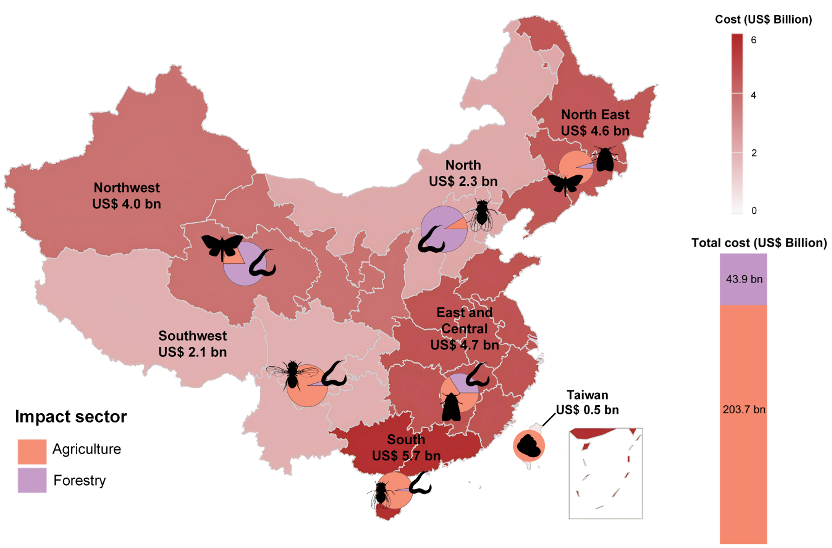
Figure 1. Economic costs caused by major invasive species in China across different regions and impact sectors
The study also revealed that by 2020, China had enacted 352 invasive species management policies (270 at the national level and 82 at the provincial level), which showed a significant positive correlation with economic costs. Following 2006, the number of policies increased rapidly, closely matching the rising trend in economic costs, indicating enhanced governmental responsiveness to invasive species threats. However, these findings suggest that current management policies still lag behind the occurrence of invasive damage, meaning China’s invasive species control remains in a state of passive defense.
The research emphasizes the urgent need to improve early intelligent monitoring and warning systems for invasive alien species, strengthen the risk surveillance network, enhance early detection capabilities, reduce introduction risks, and shift from passive post-disaster control to proactive pre-disaster prevention. It also calls for scientific evaluation of economic costs to quantify the impacts of invasive species on the economy and ecosystems, and to select species already causing severe damage or posing high risk of spread for targeted management and eradication through “species-specific” strategies.
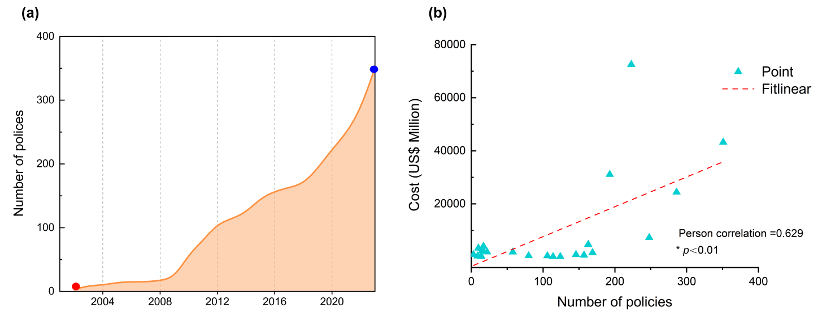
Figure 2. (a) Temporal trend of cumulative policies from 2002 to 2023; (b) Linear fit and correlation analysis between economic costs and national policies
Wang Peilin, a joint MSc student of IPPCAAS and Southwest University, is the first author. Prof. Zhang Yibo (IPPCAAS) is the corresponding author. The study also involved contributions from Prof. Franck Courchamp (Université Paris-Saclay, Member of the European Academy of Sciences), Prof. Huang Hongkun and Dr. Zhang Chi (MARAC), Prof. Liu Chunlong (Ocean University of China), Prof. Jiang Hongbo (Southwest University), and Profs. Wan Fanghao and Zhang Guifen (IPPCAAS). This research was supported by the National Key R&D Program of China (2021YFD1400200, 2023YFC2605200), the French National Research Agency (ANR-14-CE 020021), and the BNP Paribas Climate Initiative.
-
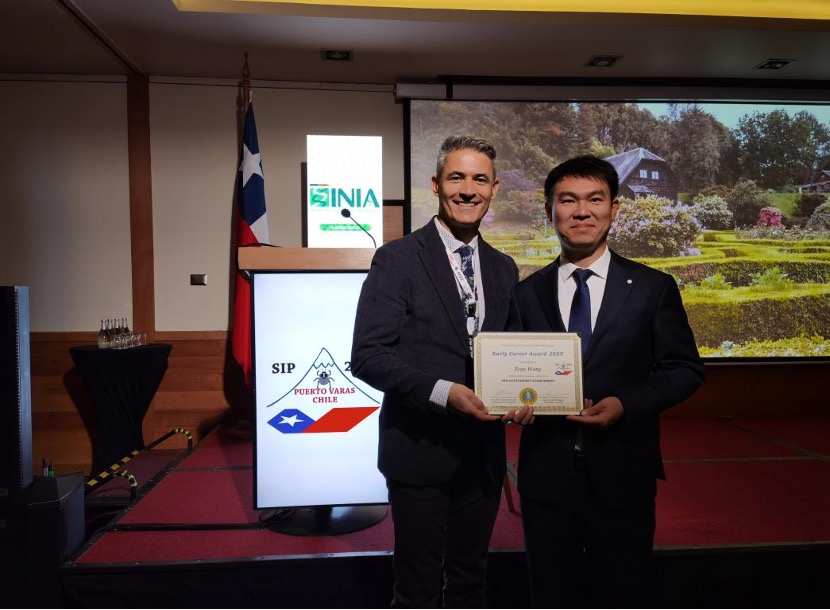 IPPCAAS Expert Wins the Society for Invertebrate Pathology Early Career Award
IPPCAAS Expert Wins the Society for Invertebrate Pathology Early Career Award -
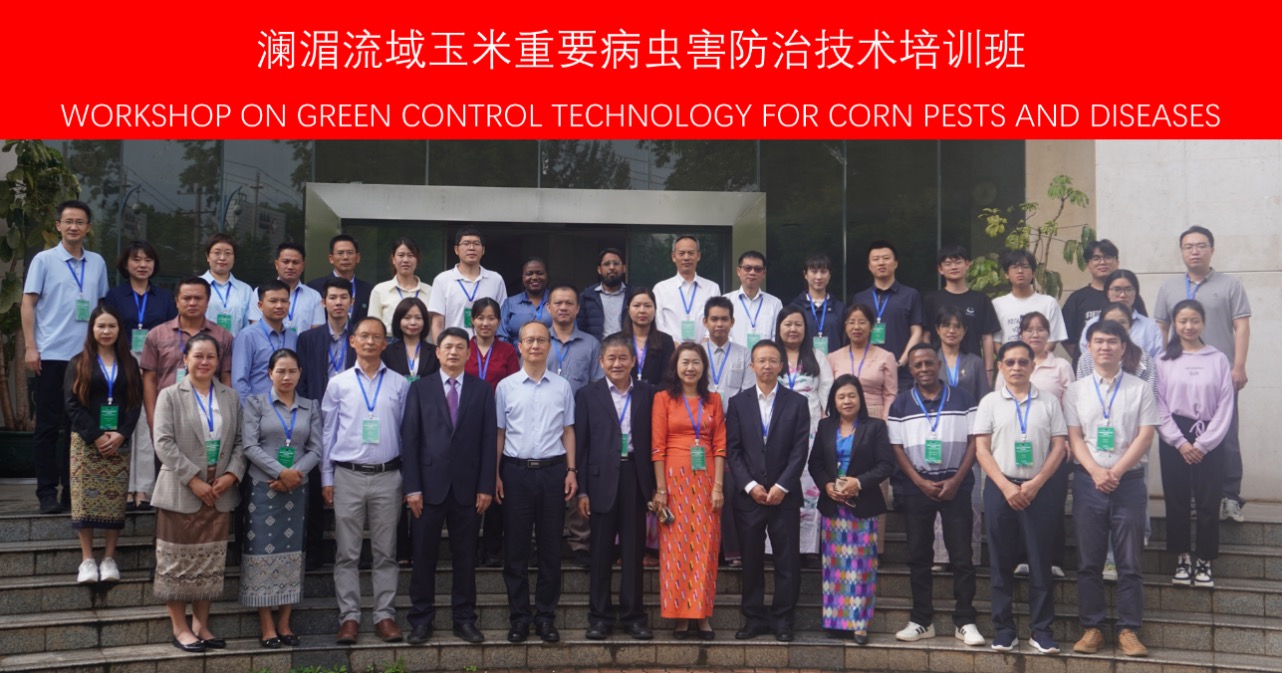 Workshop on Green Control Technology for Corn Pests and Diseases in the Lancang-Mekong Region successfully held in Kunming
Workshop on Green Control Technology for Corn Pests and Diseases in the Lancang-Mekong Region successfully held in Kunming -
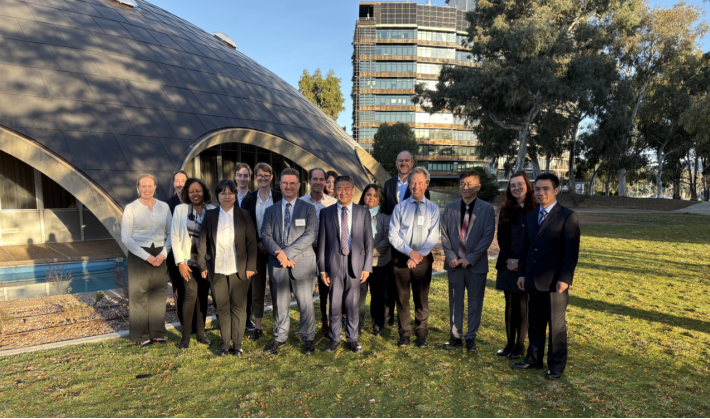 IPPCAAS Experts Visit Australia to Promote In-Depth China–Australia Cooperation in Plant Biosafety
IPPCAAS Experts Visit Australia to Promote In-Depth China–Australia Cooperation in Plant Biosafety -
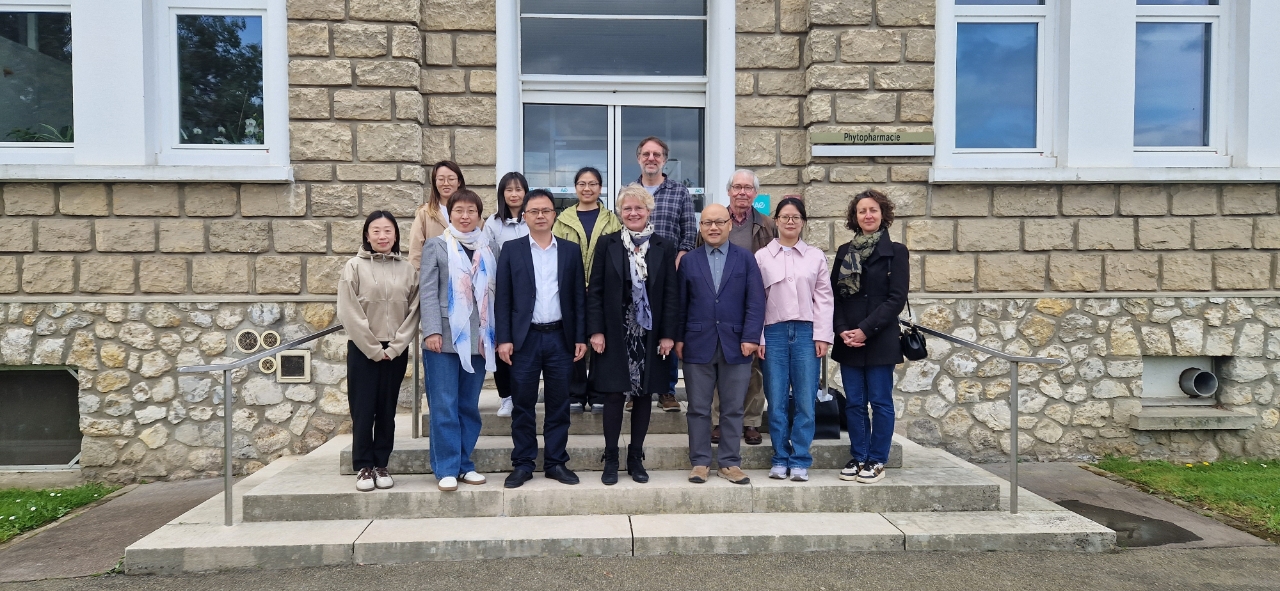 China-France cooperation in plant protection was further strengthened
China-France cooperation in plant protection was further strengthened
